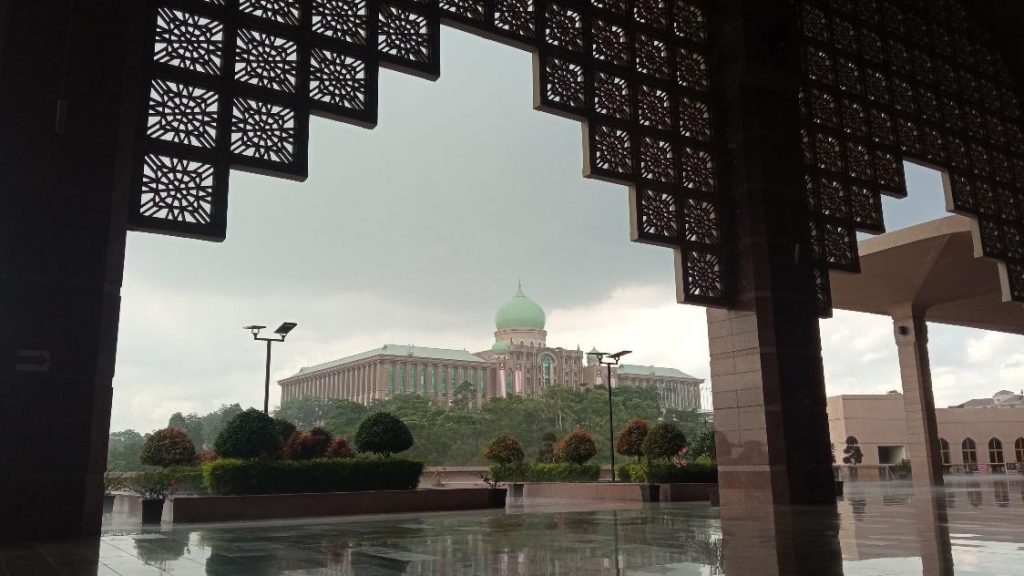
Islamic and Hindu Ornaments Combine: The Uniqueness of Batu Caves Architecture
Islamic and Hindu Ornaments Combine: The Uniqueness of Batu Caves Architecture
Faculty of Letters
Department of Art and Design
August 18, 2024
Learning and Students, Student Learning and Activities
SDG 11
On 16 August 2024, Yon Ade Lose Hermanto, S.Sn, M.Sn, presented an in-depth analysis of the unique architecture of Batu Caves in Selangor and Putra Jaya, Malaysia. In his presentation, Hermanto highlighted how Batu Caves is a shining example of the fusion of Islamic and Hindu ornaments in architectural design, despite the complex being primarily a Hindu holy site.
Batu Caves is known as one of the sacred Hindu sites located inside natural caves in Selangor. Hermanto explained that the architectural design of Batu Caves features Hindu ornaments that are rich in symbolism and detail. The statues of gods, reliefs, and ornaments that adorn the caves reflect the intricate and colorful traditional Hindu aesthetic.
However, Yon Ade Lose Hermanto, S.Sn, M.Sn, also revealed that the uniqueness of Batu Caves lies in how these design elements interact with the local context and adapt to the natural cave environment. For example, the architectural structures created to complement and respect the geography of the cave, as well as the use of bright colors and details depicting Hindu traditions, give the complex a distinctive and profound feel.
Although Batu Caves is a Hindu site, Hermanto points out that Islamic cultural influences can also be found in some of its design elements. This influence is often seen in the use of geometric patterns similar to Islamic designs, adapted to complement Hindu ornamentation. This reflects how different cultures can influence and interact with each other in an architectural context.
Yon Ade Lose Hermanto’s presentation revealed that Batu Caves is not only a sacred Hindu site, but also an interesting example of how architecture can reflect and accommodate various cultural influences. The combination of Hindu ornamentation with design elements that may have been inspired by Islamic traditions creates a unique and meaningful complex. This analysis highlights how architecture functions not only as a religious space but also as a medium to express cultural diversity and harmonious adaptation in the local context.